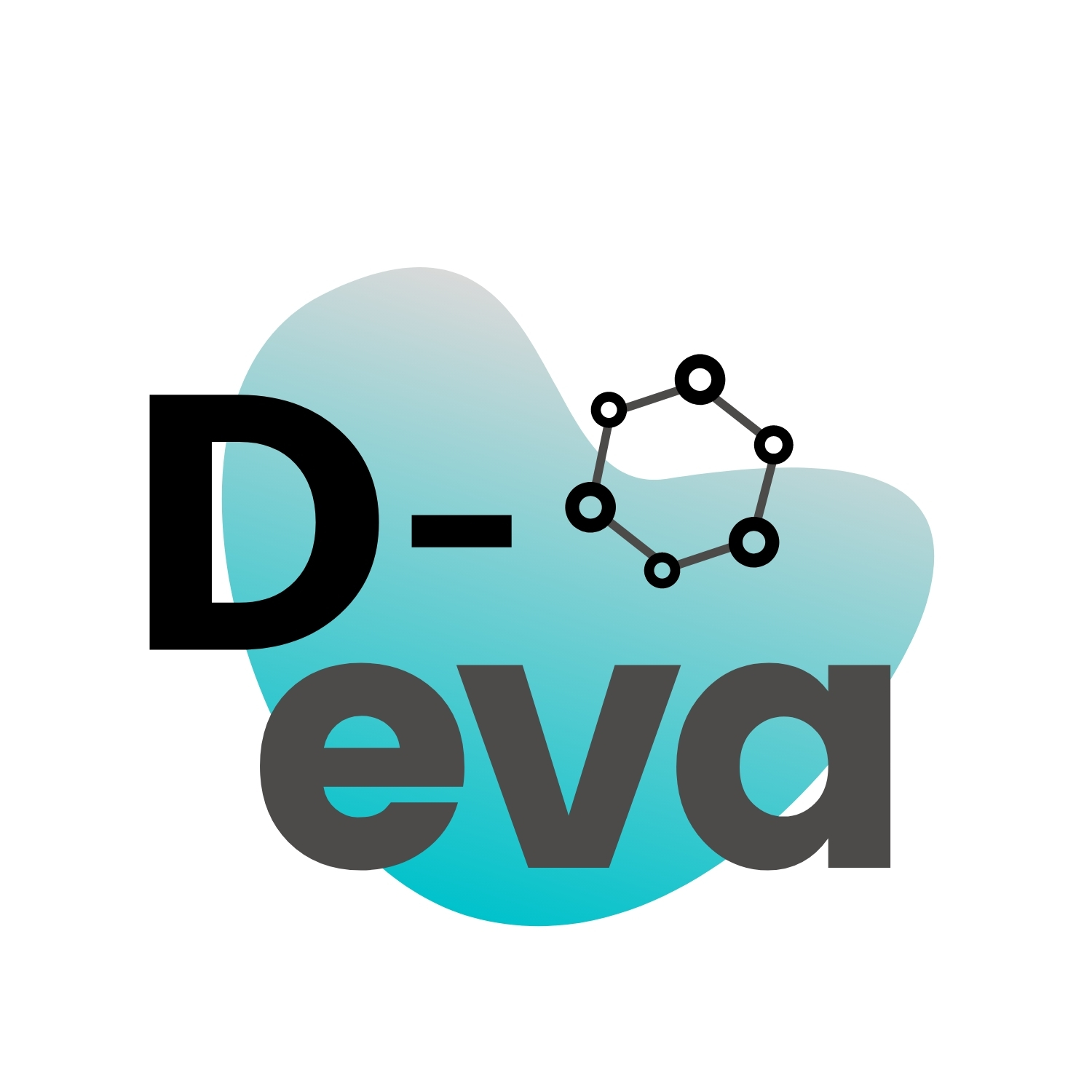
Building daily trust in online settings
by: D-Eva ProjectKeywords
Trust, traineeship, values
Problem justification
This traineeship program aims to support learners grow their skills and develop their full potential in innovative interactive media. Every semester, diverse learners participate in a hands-on learning experience, which involves practice-based work with industry partners and applied research. The diversity of the learner population and of the tasks they have to complete leads to significant differences with respect to how learning is shaped by participating in this program. Since this is a every practice-oriented program, it relies on the on-campus interaction of the students with experts in digital transformation, the participation in hands-on workshops and collaborative projects. Every team of learners is assigned to a coach, who guides them throughout the program. Since March 2020, when the COVID-19 pandemic started, the program has been offered partially or fully online, which has created additional complexity to the learners’ experience. During this period the vast majority of the learners’ meetings (with peers, the coach, the industry partners) take place online (via zoom). In this context, peer relationships may have an important influence on learners’ cooperative behaviors. Having good social support facilitates better cooperation between individuals; the stronger the peer relationship, the higher the quality of cooperation in pursuit of goals shared with cooperative peers. Similarly, individuals are more likely to engage in cooperative behavior among those they trust. The goal of this e-assessment activity is how learners can inspire trust to their peers for the development of effective and harmonic relationships.
Competences
Leveraging authenticity and natural strengths
Provide evidence of honesty, reliability and openness
Explore how behaviors align with spoken values.
Assessment strategies and instruments
Strategies:
Identification of the strengths of the learners
Identification of the areas for improvement
Track progress of the learners
Collect feedback on learners’ progress
Tools:
Online Journal (students can use a multimedia journal, for diverse feedback options and higher quality evidence)
Online collaboration platform
Teleconferencing tool
Assessment criteria
Completion of the journal activity. Has at least one entry per week been submitted?
Integration of the feedback from the coach in next journal entries
Peer-to-peer feedback on the skills that appear in the template. Has the feedback been collected from at least 5 people??
Description of the feedback
Group, peer-to-peer feedback (written, asynchronous)
Individual feedback, coach to learner (written, asynchronous)
Agents involved: coach and learners
Type of digital tools
Grid Diary for the journals of the learners
Zoom for the initial group meeting
Digital template
Miro Board (for peer-to-peer feedback exchange)
Levels of potential digital transformation
Accessible and available: developed lots of times, easy and known
Example of a case
References
Acedo‐Carmona, C. & Gomila, A. (2019). Personal trust extends cooperation beyond trustees: A Mexican study. International Journal of Psychology, 54(5), 687-704. https://doi.org/10.1002/ijop.12500
Bailey-Hughes, B. (2018, November 15). Daily trust Builders. LinkedIn Learning. https://www.linkedin.com/learning/building-trust-6
de Lange, T. & Wittek, A. L. (2022). Analysing the constitution of trust in peer-based teacher mentoring groups–a sociocultural perspective. Teaching in Higher Education, 27(3), 337-351. https://doi.org/10.1080/13562517.2020.1724936
No comments yet